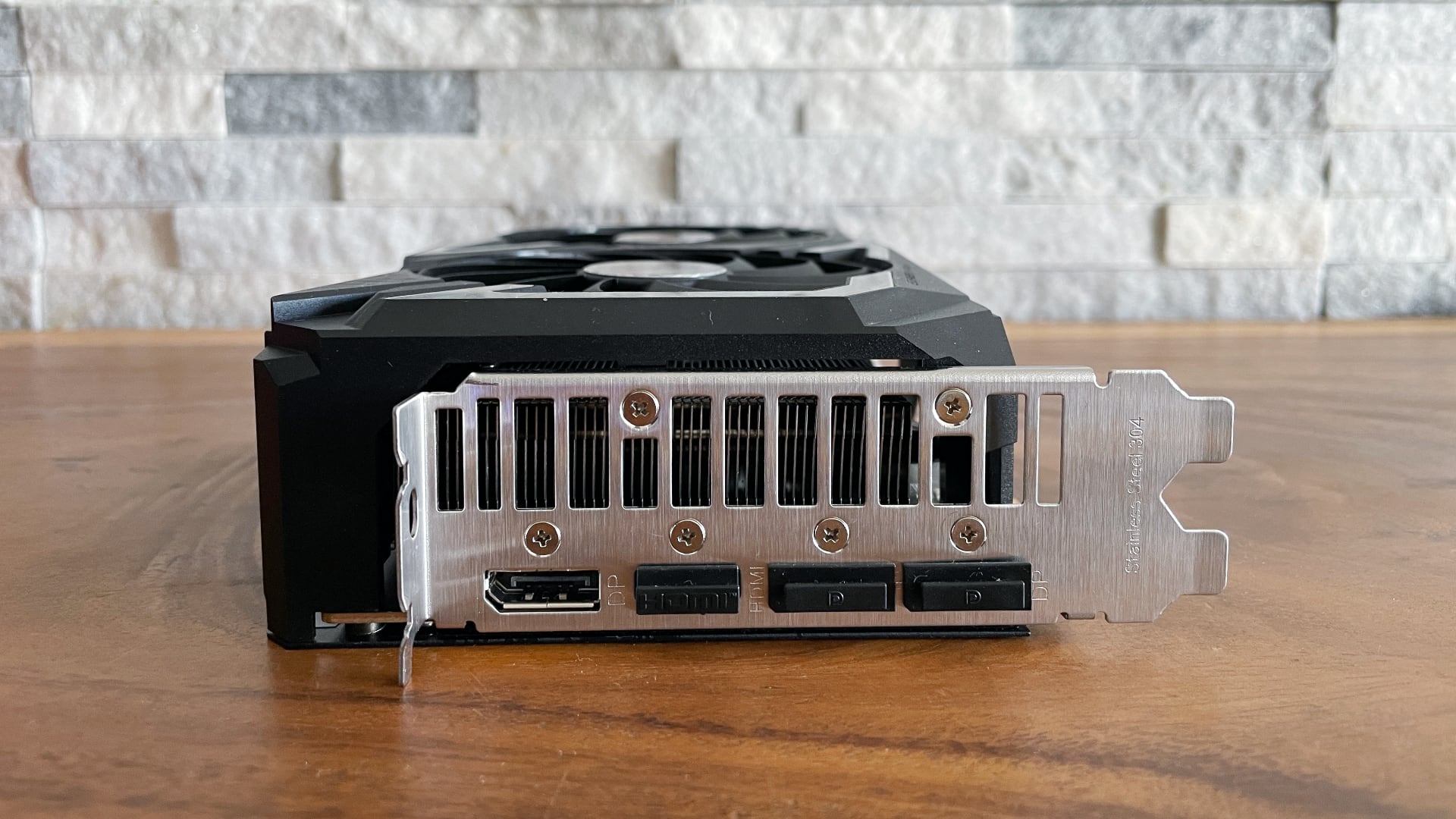AMD’s next-gen RDNA 3 GPUs get new designs that could save you money
All-new chiplet design confirmed – and a big leap in efficiency

AMD has just shared some details on its incoming RDNA 3 graphics cards (likely to be the RX 7000 series), including the lowdown on how they’ll push forward in a big way with energy efficiency, and confirmation of the use of multiple on-board chips.
Wccftech spotted that as part of AMD’s Financial Analyst Day 2022, its Senior VP of Engineering for Radeon Technologies Group, David Wang, spilled the beans on what should be achieved in terms of performance-per-watt by the next-gen GPUs, and they’ll be over 50% better than RDNA 2 when it comes to frame rates relative to power consumption.
That’s an impressive leap, with AMD indicating that 50% is a possible baseline to work from for power efficiency with RDNA 3, and depending on the exact model of GPU, the gains could be more than that.
Another key point here is that Wang also mentions “advanced chiplet packaging” for RDNA 3, meaning that as per a long string of rumors going back some time, at least one of the RX 7000 family will adopt a chiplet approach, so multiple GPU chips will be on-board (what’s known as a multi-chip module or MCM design).
Wang further confirmed the 5nm process that RDNA 3 graphics cards will be built on, using a “rearchitected compute unit” alongside an “optimized graphics pipeline”, which is fancy speak telling us that the core architectural changes and nuts-and-bolts under the hood therein will be pushing better performance and efficiency with RX 7000 GPUs. The graphics cards will also make use of AMD’s next-gen Infinity Cache.
We can still expect the next-gen cards to arrive this year, as we already knew, although AMD has yet to give us a more specific timeframe than just ‘later in 2022’.
Analysis: Chiplets confirmed at last, but let’s remain cautious on projected claims
It’s a pretty big revelation that RX 7000 cards will go with a chiplet design, and to finally get that confirmed after it has long been theorized (particularly as some chatter on the GPU grapevine was starting to cast doubt on the idea in recent times). The MCM design will likely be for the flagship (Navi 31), and according to past rumors, the next model down as well (Navi 32), perhaps.
Sign up for breaking news, reviews, opinion, top tech deals, and more.
AMD reveals absolutely no info here, though, save for the existence of chiplets in some form with RDNA 3, so we’re none the wiser as to exactly how this will pan out. Still, the confirmation that this is indeed in the pipeline for Team Red’s next-gen Radeon products certainly makes things more interesting as we await the big reveal.
Regarding the claim of, to use AMD’s exact statement on the presentation slide, “>50% projected performance/watt uplift”, as we observed, this indicates that we can expect RDNA 3 to be at least 50% better than RDNA 2 GPUs – so some cards may even exceed that already impressive level of improvement.
It’s interesting to note that way back in November 2020, AMD said it was committed to bringing the same gains made from the original RDNA to RDNA 2 – which as you may recall, was a 50% uplift – to RDNA 3. So, in fact, this prediction of a 50% uplift is not a new one, though it now seems even more confident with the small addition of that ‘greater than’ sign.
However, we need to be very careful about expectations when it comes to pre-release marketing details, and whether this could be AMD broadly sticking to the existing PR lines it has already established to build up hype around RDNA 3. Obviously the use of the word ‘projected’ in this presentation is surely a sign to be cautious around this still.
All that said, rumors all the way along have pointed not just to MCM coming to RDNA 3, but to AMD making headway with power efficiency – something that has definitely gone the other way when it comes to speculation about Nvidia’s RTX 4000 graphics cards.
Certainly, performance-per-watt jumps of (roughly) 50% consistently across three generations of RDNA GPUs is something to trumpet.
Where AMD could be in danger compared to Nvidia’s next-gen GPUs is in terms of raw performance, with Team Green potentially putting pedal to the metal, wattage be damned, if the rumor mill is right; and what’s more, maybe getting RTX 4000 out of the door much sooner than RDNA 3. Indeed, one rumor points to the RTX 4090 launching as soon as August.
Still, the other obvious point to be made here is if does turn out that Nvidia is indeed blazing away with hefty wattage, and RDNA 3 emerges as much more efficient in comparison, with rising energy bills becoming an increasing concern, the long-term cost of a power-hungry graphics card may become a more prominent factor in buying decisions.
Darren is a freelancer writing news and features for TechRadar (and occasionally T3) across a broad range of computing topics including CPUs, GPUs, various other hardware, VPNs, antivirus and more. He has written about tech for the best part of three decades, and writes books in his spare time (his debut novel - 'I Know What You Did Last Supper' - was published by Hachette UK in 2013).